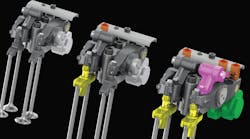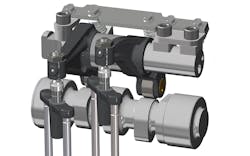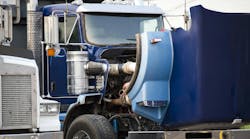Known for its engine braking technologies, such as the Jake Brake and High Power Density (HPD) engine brake, Jacobs is developing new valve-control technologies to enhance engine performance, reduce emissions, and improve the fuel economy of commercial vehicles with conventional and alternatives fuels.
Jacobs technologies to lower CO2 and NOx simultaneously
To further enhance cylinder deactivation, Jacobs is teaming up with Tula Technology, a mobility controls specialist that has been collaborating with Jacobs since 2019 and will join Jacobs as a co-exhibitor at IAA Transportation. Tula’s dynamic skip fire (DSF) combined with Jacobs’ CDA means decisions about which cylinders to deactivate are made on an individual basis, and every engine rotation, to meet torque demands and eliminate vibration.
Modular technologies by Jacobs
Although Jacobs’ product portfolio contains different valve actuation technologies to serve various purposes, many of these are modular and compatible with each other. This is to give OEMs the flexibility to use one of Jacobs’ technologies individually or multiple technologies working together to meet the OEM's needs.
One example is Jacobs’ High Power Density engine braking technology. If the engine’s valvetrain already includes the HPD rocker brake, it’s possible to also incorporate Cylinder Deactivation technology. HPD is modular to a standard compression release rocker brake as well; one can choose between the two while making use of the same base hardware. It’s also an option to add Variable Valve Actuation technologies that assist in meeting upcoming transient emissions and fuel economy targets.
Jacobs’ modularity also gives OEMs the freedom to specify engines according to regional market demands and emissions regulations. Modularity is designed so OEMs can futureproof engine platforms. If the engine’s valvetrain already incorporates one Jacobs technology, there’s the potential to add another later in the engine’s manufacturing life. This can be done without having to make large hardware alterations besides the valve bridges.
Jacobs’ technical experts will be available at the company’s booth (Hall 22, Stand C11) at IAA Transportation in Hanover, Germany, Sept. 20-25, to explain and discuss the company’s full range of technologies, not only for engine braking but also for enhancing engine performance, reducing emissions, and improving fuel economy.




